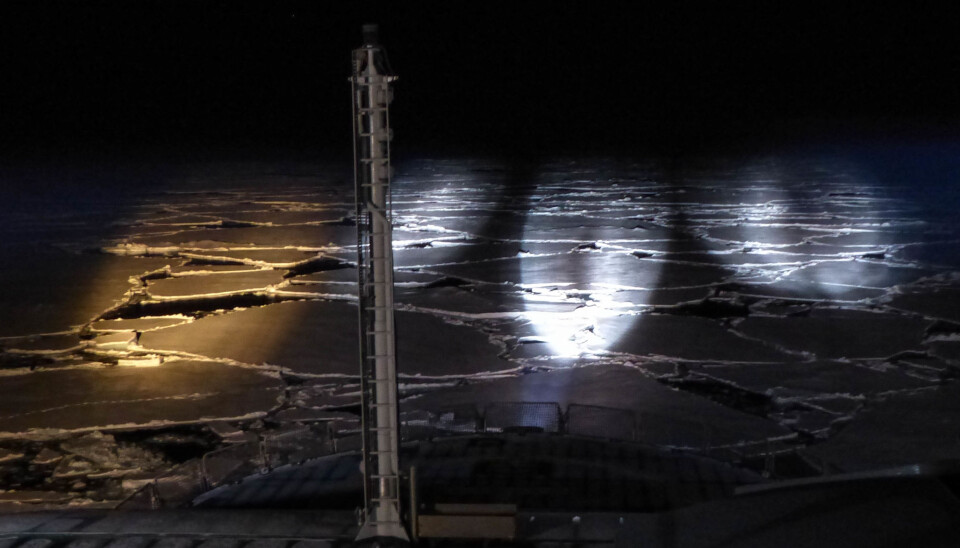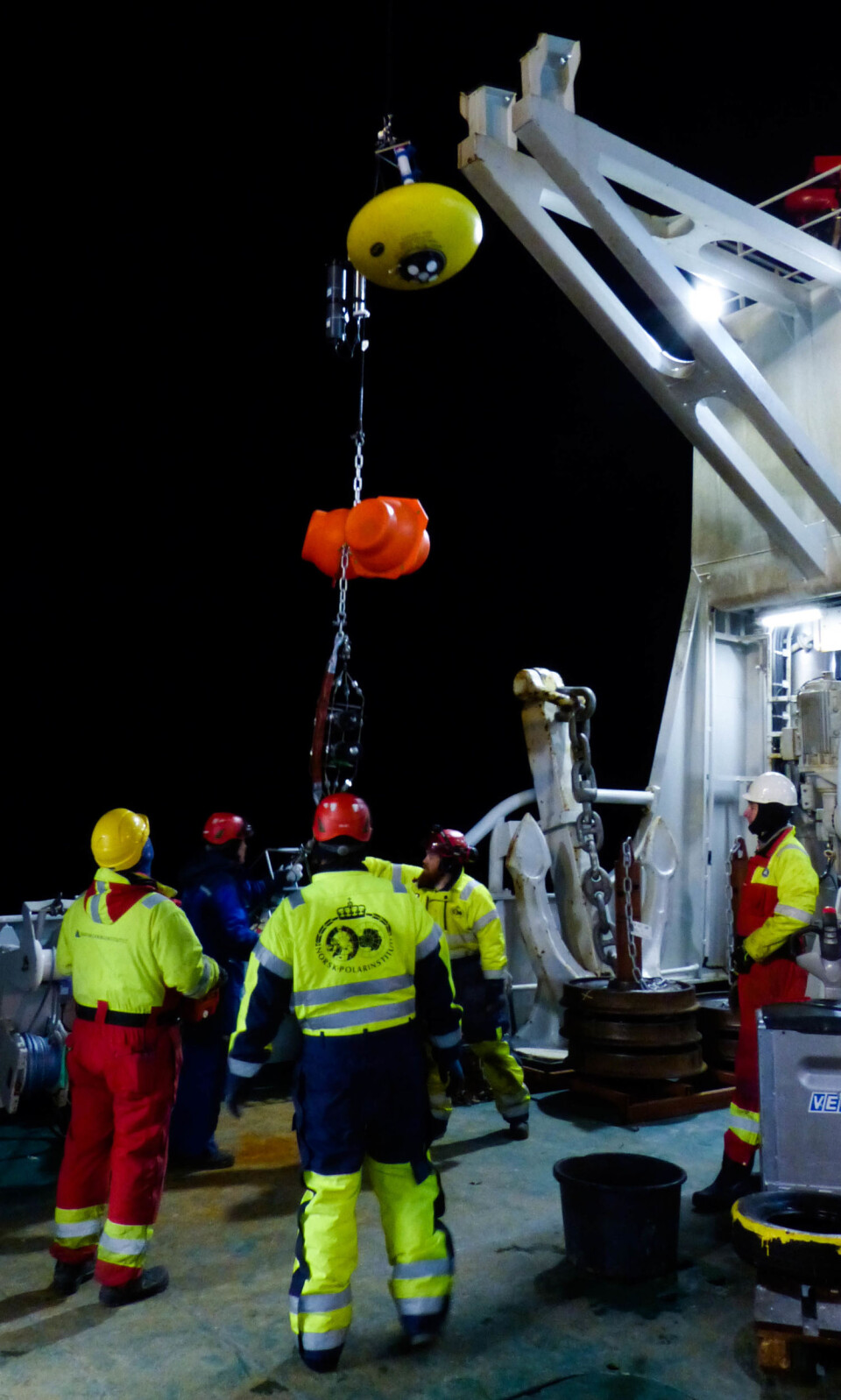
Tales from the deep

The hull emits a deep rumble as the research vessel RV Kronprins Haakon moves through the sea ice in the northern Barents Sea. Bright beams of light shoot into the winter darkness, drawing up large, white ellipses where they meet the surface of the ice. Scientists and personnel from seven research institutions are participating in a cruise to an area that rarely gets human visitors during this time of year.
The Barents Sea is a remote place, far north on the continental shelf towards the Arctic Ocean. Nevertheless, is is strongly influenced by the global circulation which transports water, heat and nutrients through the world's oceans. Currents from the Atlantic bring warm water masses into the Barents Sea from the southwest, and as a result, there is rarely much sea ice between Bear Island and the northern Norwegian coast. Further north, in the area east of Svalbard where the ship is currently at work, the ocean is generally colder and often covered by sea ice. As a result, doing research in this area poses significant challenges, and only icebreakers can work in this area throughout the whole year.

There is a calm, cold quiet in the darkness outside, but aboard the ship there is bustling activity. Data collection, planning, assembly of equipment, and analyses of water samples go on around the clock. There are few existing measurements from this area during the winter season, and the cruise participants are eager to collect as much data as possible. Acoustic transducers mounted in the hull, and instruments which are lowered down into the deep, collect information about the ocean directly below the ship. In addition, ocean moorings are deployed in key locations on the sea floor so that researchers can study variations in the ocean over longer time scales.
The RV Kronprins Haakon steams northward, leaving a gash in the ice cover which will soon close up again. Simultaneously, hundreds of meters below, instrument sensors activate and begin collecting data. Until they are recovered a year from now, we can only guess what these instruments will tell us about their time deep down below the ice.







